Case Study | We See Surface Water Pollution Daily.
Roof water overwhelms treatment plants. Large quantities of roof water contaminated by sewage, wet wipes, and foreign objects end up in rivers or polluting the land, streams, and rivers. See our case study observations & findings on surface water pollution.
The images in this case study are examples of the pollution we find when rainwater is plumbed into the same drainage system as sewage. Unbelievable examples of undetected surface water pollution, some 20,000 L of roof water entering private and public sewage systems.
Climate change is caused by human activity, but who is responsible?
Are we not in this together?
“We may or may not feel that the blame for the climate crisis should be placed at our door. But whether we call it to blame or not, it is still crucial that we assist and support the water authorities in power and decision to promote, protect and keep safe our rivers, thus creating a more moderate climate with a narrower temperature range.”
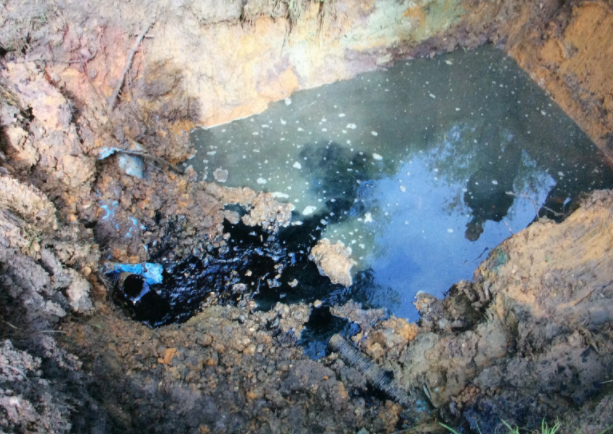
I suppose it’s much easier to understand if we were cruising across the oceans in icy conditions, and someone told you in a worried voice; there is a person putting holes in the bottom of the boat! We wouldn’t say it’s not our boat.
Only by better understanding how we can change can we hope to make the emissions cuts we now need so badly.
Pollution into our rivers can have a multitude of negative effects on our environment, some of which can lead to problems and exacerbate climate change. Increased, excessive levels of nutrients in the water from sources like private and public treatment plants or septic tank runoff can cause algae to grow at excessive rates.
Public knowledge
Our action could prevent pollution. With every passing year of inaction, the emissions cuts needed to limit global warming to safe levels grow steeper.
Many groups, such as the water companies, have been accused of this ongoing lack of action. Read the observations & findings in this typical engineer's report to find out how you might be contributing thousands and thousands of litres of sewage and wastewater literally.
Water pollution is also caused by foreign objects and chemicals entering the aquatic ecosystem or when natural chemicals build up in excessive amounts.
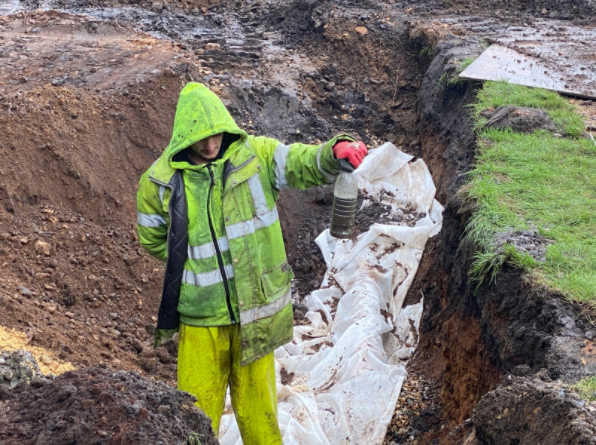
Point Source – Pollutants enter the watercourse at or from specific sites, such as a discharge pipe from a private, domestic treatment plant or the public sewer works.
When there is an obvious source of pollution, and it occurs over a wide area. This type of pollution is not difficult to identify and control but can be one of the largest causes of pollution in the water environment if we allow surface roof water and rainwater to enter the private and public sewage systems. (Examples include run-off from old cesspits and septic tanks in urban areas.)
Engineers report observations & findings example explained.
Further to your request, we attended the property on 7th January 2019, removed one load from the tank and carried out jetting and a brief inspection of the system. Please see our findings as follows:-
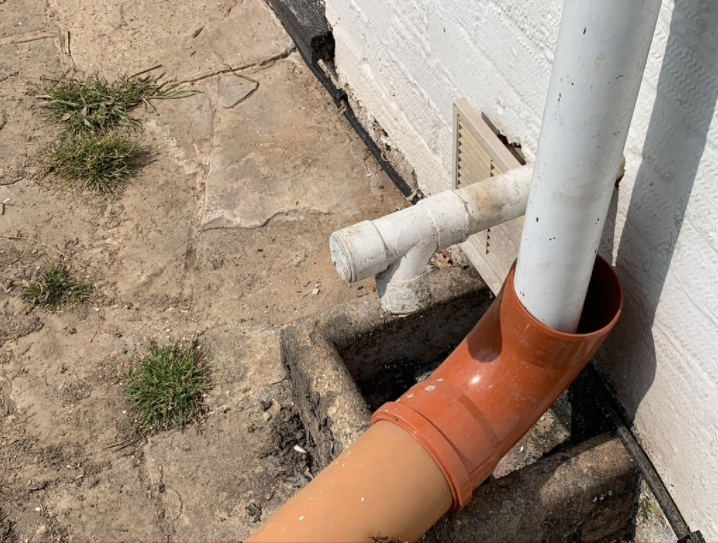
Observations & Findings
THE FIRST HOLDING TANK: In a private system or a public system
The first chamber before your treatment plant is essentially a holding tank for separation purposes. The effluent enters the initial holding tank, where initial separation of larger solids occurs, and the majority of unwelcome fats quickly float to the surface.
Because the first chamber receives waste straight from the drains, the contents can get a little stirred up as new effluent enters, especially if it is from a blocked drain being cleared all at one time. This is quite acceptable, and the system can generally handle it and recover. This is why the first chamber is limited to the initial separation of larger solids and unwelcome oils and fats.
The first chamber is designed to trap most, if not all, unwelcome fats that float. This is why we insist it is in your interest that no other material other than human waste is allowed to enter the tank.
As we explained in the very beginning, and whilst conducting our inspection around the property, we brought to your attention the ill-fitting chamber lids, some of which were found to have large holes. We also discussed in detail the concern of the surface water on the large driveway due to the ground beneath the hard-core base being non-porous, i.e. made of clay.
“The main sources of water pollution are surface water, groundwater and rainwater being contaminated with sewage – such as wet wipes and foreign objects – being pushed through the public and private drainage systems into our rivers.” https://www.bbc.co.uk/iplayer/episode/m000vk71/panorama-the-river-pollution-scandal
Report continued…
The inspection chambers situated around the property have not been changed, and the existing lids are certainly not waterproofed. The covers you have changed and installed in the footpath are suitable; however, the chamber covers to the rear of the property need to be changed, and a gully surround supplied and installed to prevent the infiltration of surface water.
The chamber next to the footpath which leads to the holding tank has a steel plate covering, which is also ill-fitted.
We carried out a short test by pouring water onto the area around the chamber and found the water disappeared into the chamber, finding its way to the holding tank. We believe this is a large portion of the mass volume of water finding its way into the sewage system.
Whilst we were conducting our investigations, and despite all the facilities in the property not being used, we found surface water continually flowing through the drains to the tank all the time we were on site.
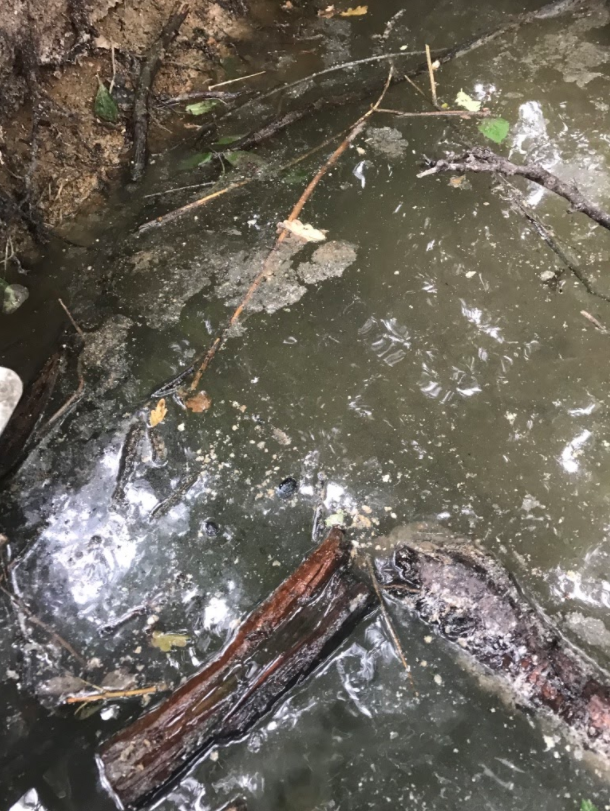
Based on our findings, it is our opinion that the tank will be full once again, within a matter of hours.
Your system will work perfectly with a volume of 1000 litres per 24 hours. Although it is difficult to measure, based on our observations, we estimate that you could have as much as 20,000 litres entering the system per 24 hours during periods of medium rainfall.
The gravel driveway is made up of hard-core on top of clay ground, which is trapping the water from the neighbouring property and your own. The surface water is finding its way into the unsealed inspection chambers to the rear of the property, especially the chamber with the steel plate covering. The surface water is also entering the existing holding tank and pump chamber system.
This was one of our concerns that the surface water would inevitably be trapped and pond; therefore, concrete ring-type soakaways were recommended to be installed to cope with the volume of water from the roof and drive. As you are aware, you asked us to speak with your groundworkers that were going to take on this work, to change the inspection chambers and remove the roof water by diverting the downpipe to a new soakaway, which we explained at the time had to be a very deep soakaway system.
We also explained that once the groundworkers had finished work on the drive, the inspection chambers to the system were to be left high to avoid surface water entering the sewage system; otherwise, sealed inspection chamber covers would have to be fitted.
We believe that it is hazardous to have the large lorries drive over the top of the existing holding tank with the drive made up of a hard-core base and stone finish. At the time of installation, it was our understanding that you would use the existing concrete-based drive while building up and finishing the extended drive using reinforced concrete over the holding tank before vehicles were to drive over the sewage system.
The inspection chamber turrets with lids over the treatment plant (which are off the drive) are very high, and they are very efficient as they stop the surface water from entering the sewage system.
You have removed the roof water downpipe from the gully at the rear of the property. However, the way it has been installed, i.e. with no gully surround and being close to a low-lying inspection chamber, the spout at the bottom of the downpipe is aimed over the gully grid, allowing roof water to flow over the top of the grid adding up to an additional cubic meter per hour to enter the foul system during periods of medium to heavy rainfall.
I realize this is hard to believe this will make up or is likely to accumulate to 24,000 litres per 24 hours, similar to what you recently experienced.
This could be exacerbated if the soakaway that’s installed is too shallow. The ground for the first 3.5m is non-porous and could result in water overflowing continually rather than towards the soakaway.
PUMP AND PUMPING CHAMBER
The pumps handling a thousand litre average of separate water from the holding tank are certainly not designed to cope with 24,000 L of surface and roof water currently entering the sewage system, especially during a storm or heavy downpour. Any unwelcome debris in the tank, such as rags and foreign materials, will get washed through and caught up in the pump and eventually cause the pump to become overused and malfunction.
TREATMENT PLANT
The treatment plant is currently working by three significant processes: the separation of any solids from the approximate thousand litres of liquids, then bacteriological action, and thirdly into a final settlement small chamber. The treated water is then discharged by gravity into a drainage field.
Please note that this is normally a gentle system, handling very little sewage and sewage water (for five people in residence) approximately 1000 litres per 24 hours, this would be made up of mainly foul water, and approximately 1% -2% would be solids.
The first chamber is capable of holding the larger solids; however, the number of solids found in the tank indicates the numbers using the system are very high. This is based on a 400mm layer of forbidden solid fatty material that was floating. When we removed the thick layer, the sewage was found to be very thick and quite dense beneath the thick fatty layer.
Your holding tank is a separator. Its purpose is to separate the unwelcome fat that floats to the top and the solids that go to the bottom, leaving a crucial imperative gap in the middle for separation.
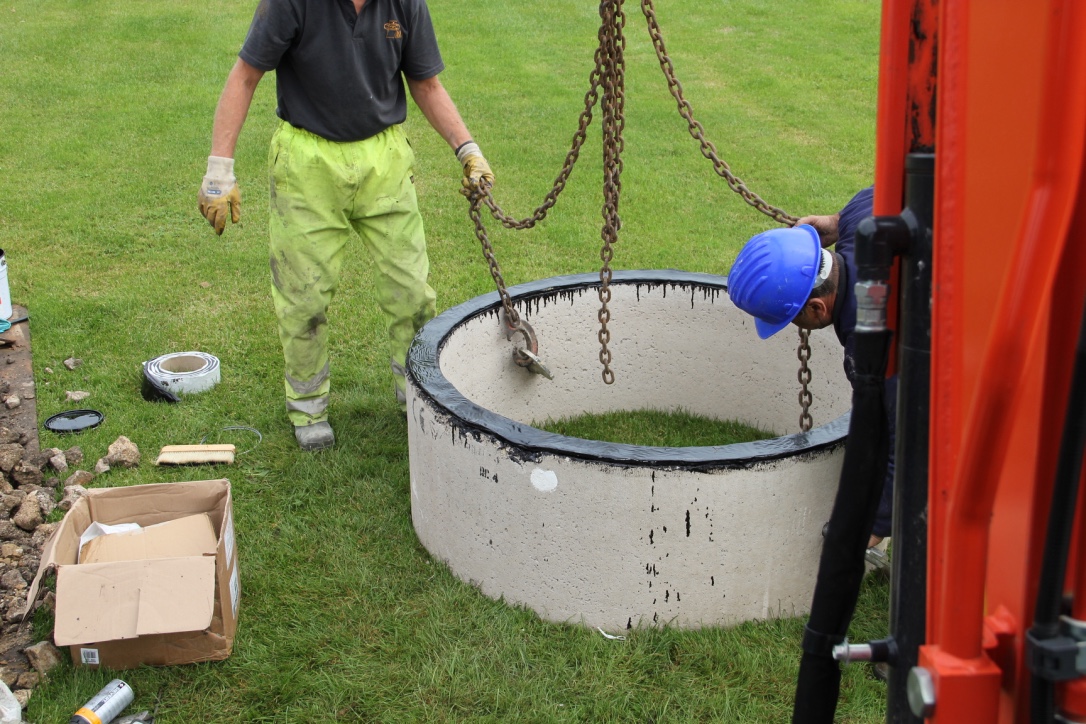
The current fatty layer at the top of the tank exceeds what little is expected during normal usage and will inevitably get by the separation system.
Although there is currently no difficulty in emptying the sticky mass, we must stress that you should prevent any oils, grease or fats from entering the foul system, which will harm the treatment of the sewage water. Greasy material from the kitchen should be trapped in a purposeful and large enough grease trap for later disposal by other means.
Indications are that the treatment plant is working and coping, although spasmodically, and is obviously overfull due to the masses of surface water and roof water finding the sewage system directly and indirectly.
Without doing a detailed, lengthy working survey and testing the soakaway drainage field at the rear of the property, it isn't easy to estimate a solution during the present weather conditions.
Each time work is carried at the property on the sewage pipes; the tank will possibly have to be emptied until surface water is temporarily removed (cutting into the downpipe) fitting a 90° bend, laying 4-inch plastic pipe over on top of the ground 7 m away from the building, exactly as we did on the first meeting to indicate how important it is to remove roof water from the sewage pipes.
Based on our findings, it is not practical without this temporary unsightly measure, as the tank will fill up within hours, as a result of the saturated ground around the house, finding the sewers pipes.
Advisement
We propose the following:-
Reference defective soakaway at the rear of the property (installed by other contractors)
- Arrange a large excavator to be delivered to carry out a deep test hole
- To provide an estimate for a new deep soakaway, if the test results show that the existing soakaway has failed or is inadequate, is in heavy clay, as the water cannot drain through, it won’t work, if this is in your garden, installed on land which is higher restricting the water from flowing away from your house.
Conclusion
Once the work above has been completed
ESTIMATE
Rear of the property
- To trace area for services and utilities.
- To excavate and remove the existing gully.
- To supply and install a new uPVC gully and surround in concrete.
- To supply and install a new gully surround to suit.
- To excavate from the new gully to the existing inspection chamber and connect using up to 5m of new 4” uPVC pipework.
- To surround new pipe in pea shingle.
- To remove the existing cover and frame and top section of the chamber.
- To replace chamber with a new waterproof concrete section.
- To supply and install a new sealed inspection chamber cover and frame to suit.
- To backfill excavated areas and leave flat.
- To test the other inspection chamber covers for surface water infiltration, although we suspect that this should be okay as positioned higher than ground level.
- To supply and install a new concrete gully surround.
Front of property.
- To remove the existing steel plate covering to the proposed new inspection chamber.
- To carry out high-pressure water jetting to clear/clean the drains to facilitate an accurate inspection of the pipework.
- To carry out a CCTV camera survey of the laterals to check the pipework's condition and establish the source of surface water continually running in the drains towards the holding tank.
- To report back our findings with an estimate for any essential repairs/diversions that may be required.
- Steel covering to unconventional sized inspection chamber.
- To break out and remove brickwork to the inspection chamber base, we will continue with the following:-
- To re-construct the inspection chamber to a standard conventional size.
- To supply and install a new sealed inspection chamber cover and frame to suit.
As reported, there is too much surface water on top of the drive next to the system. Therefore, we recommend changing the cover and frames double-sealed covers and frames to the interceptor, holding tank, and pumping chamber, as they are currently level with the drive.
- To check the existing chambers for any damage that may have occurred due to traffic from the large lorries during the finishing off of the driveway.
–––
If you are unsure of your drainage set up or you think there may be a chance that surface water is getting into your sewage system ASL Limited can help you find out and make the necessary changes now, to save great cost later on!

